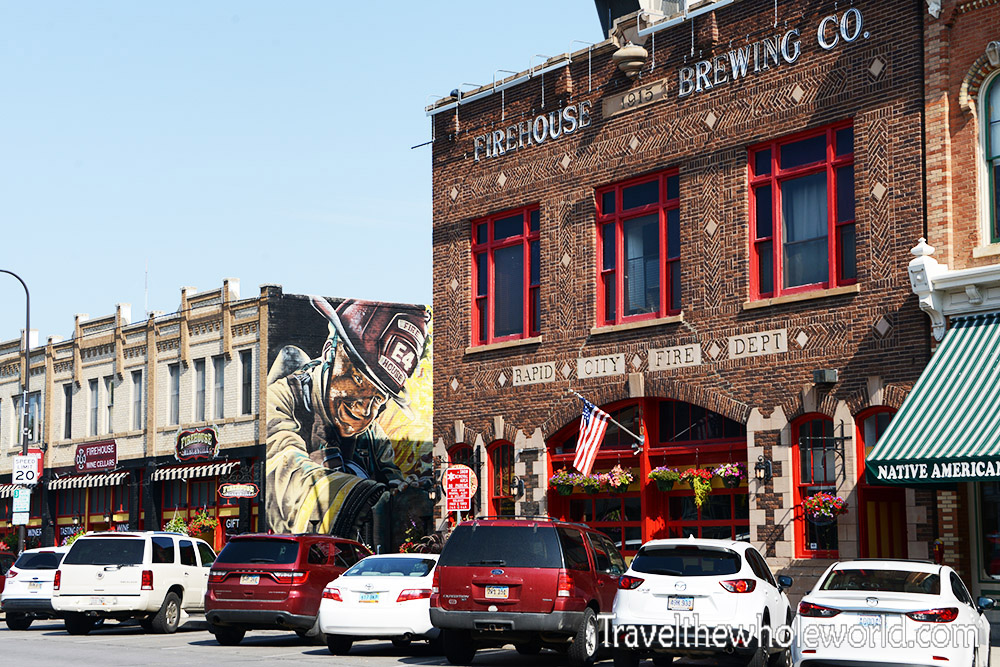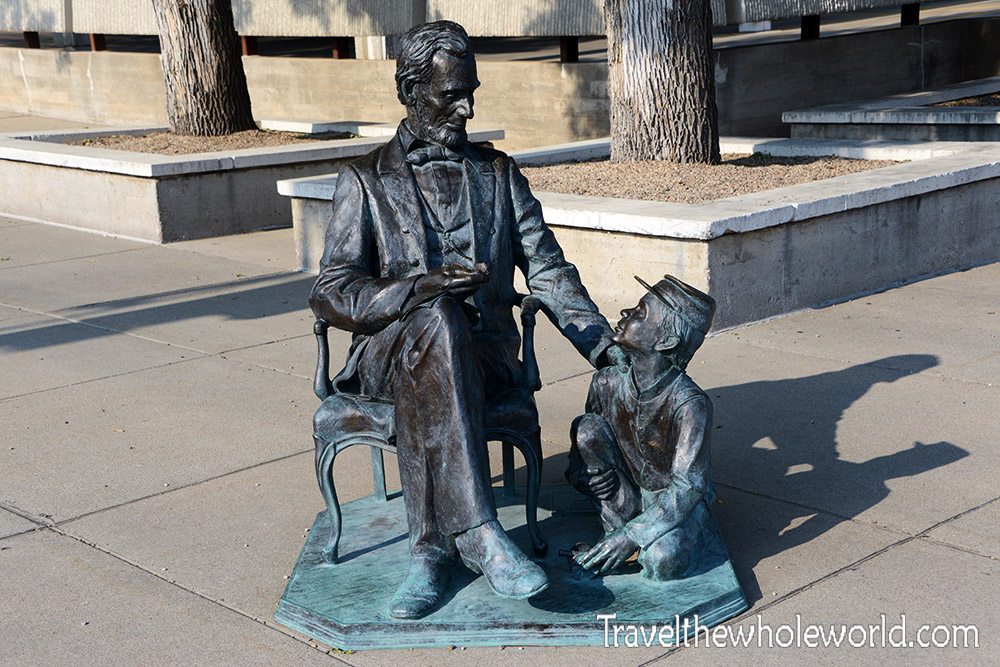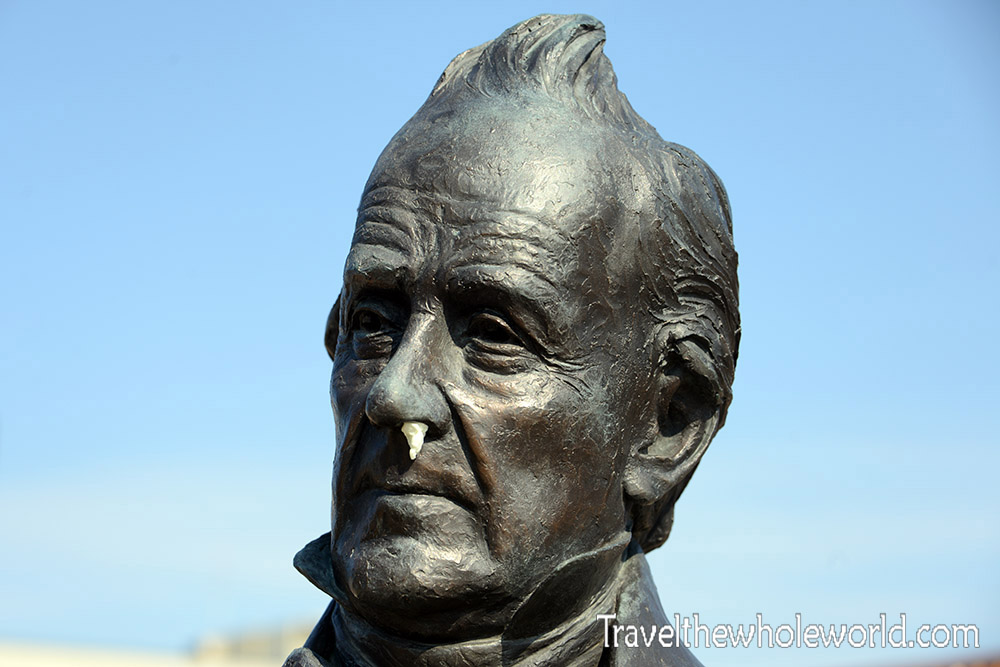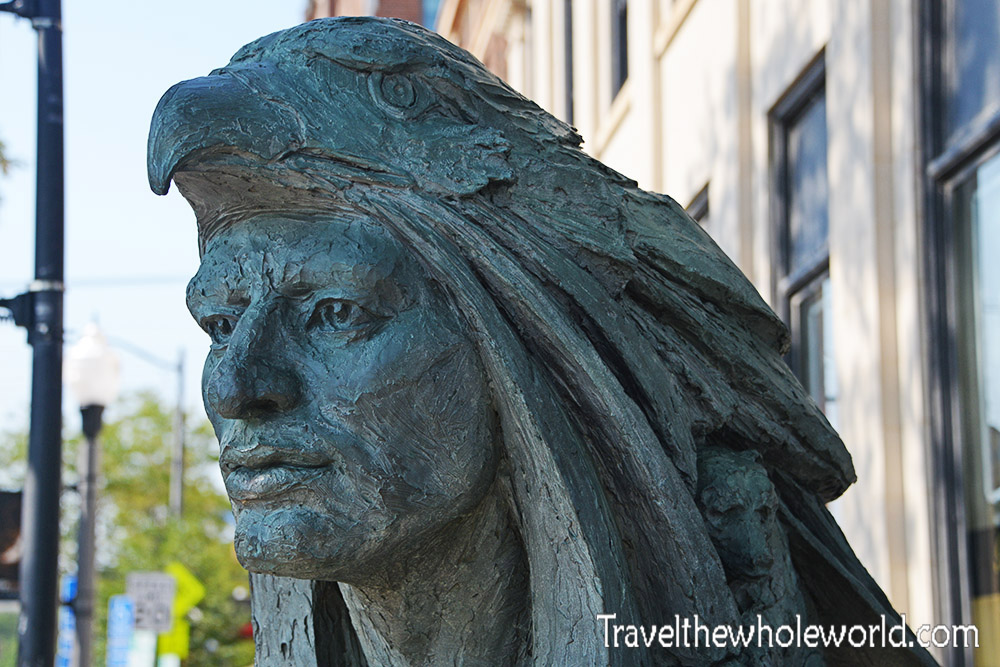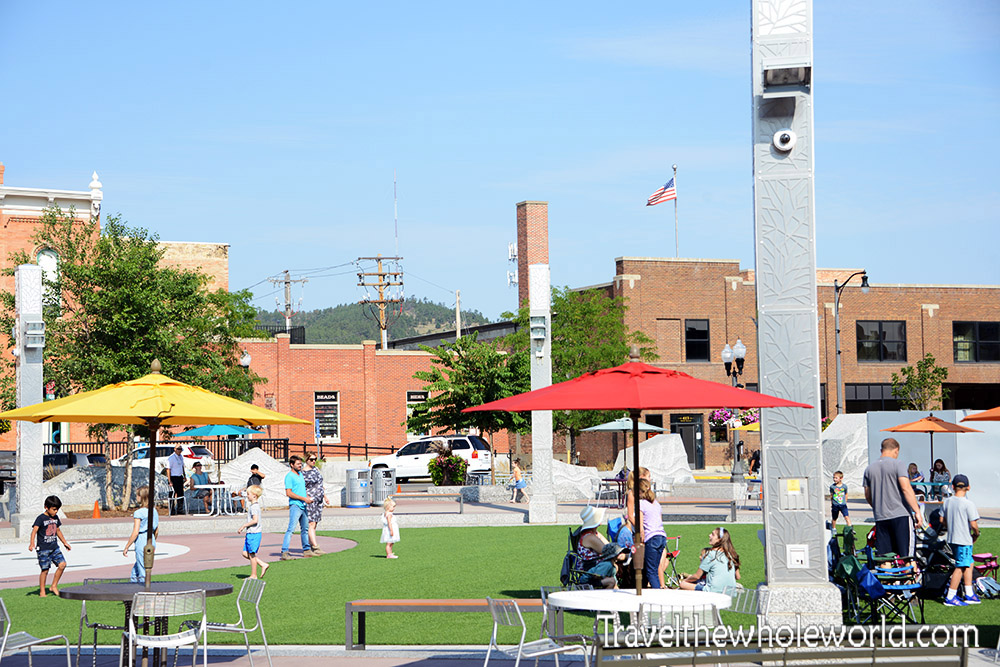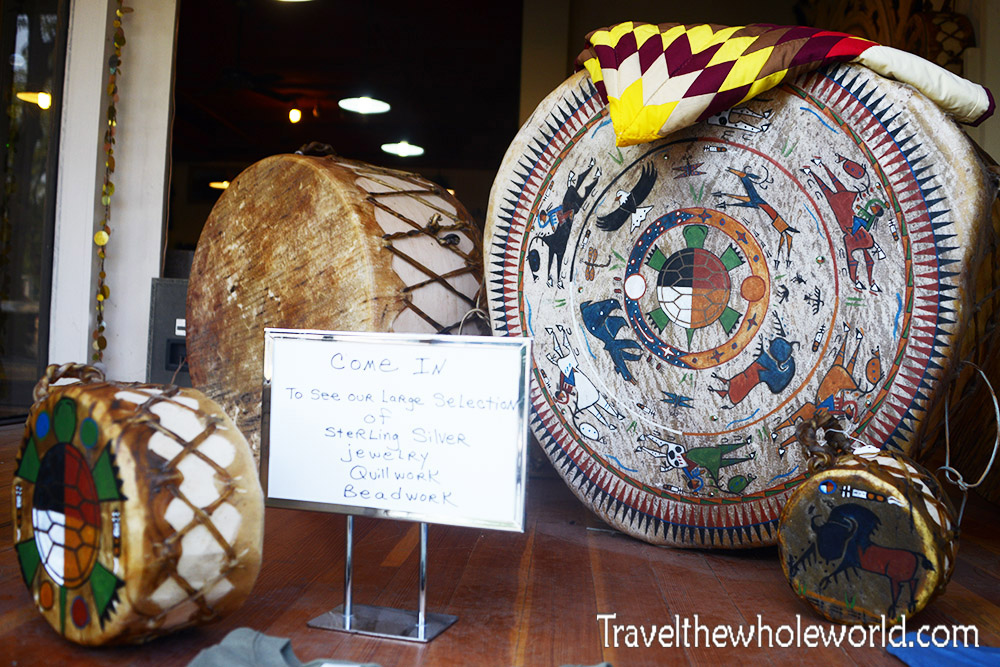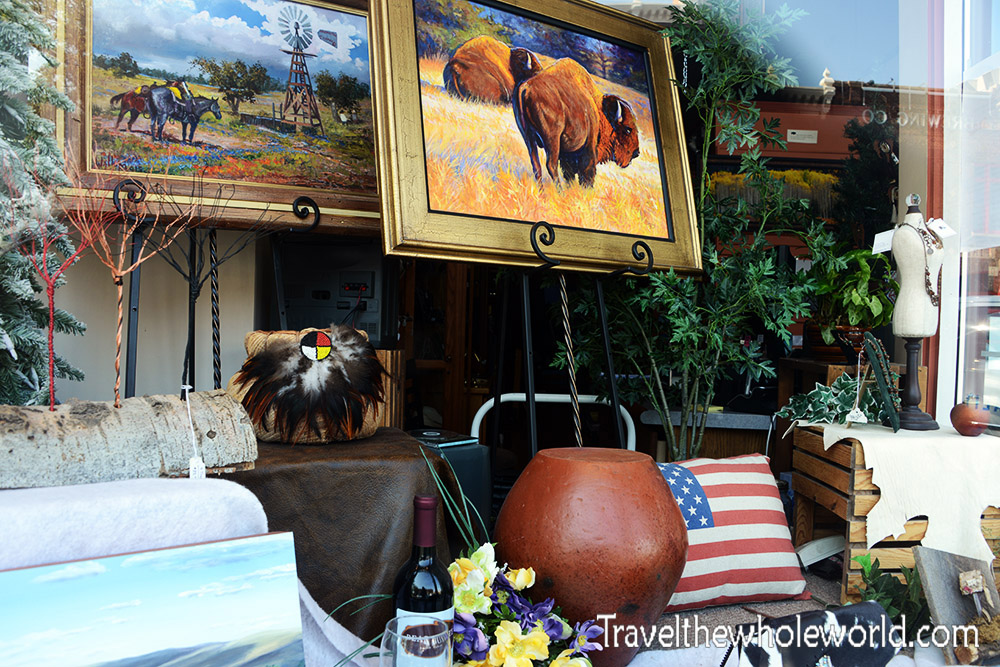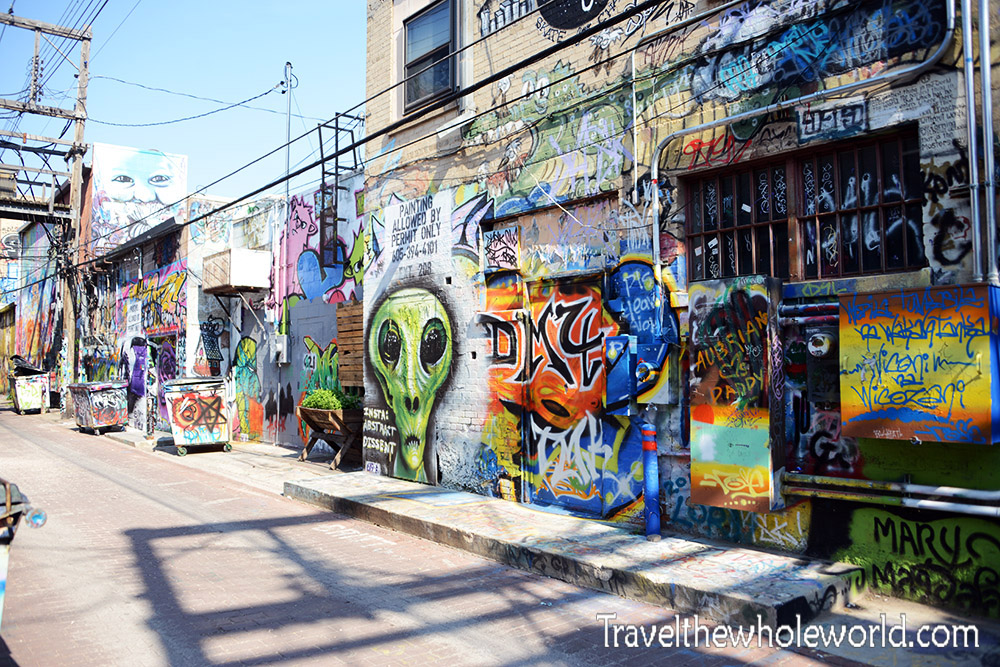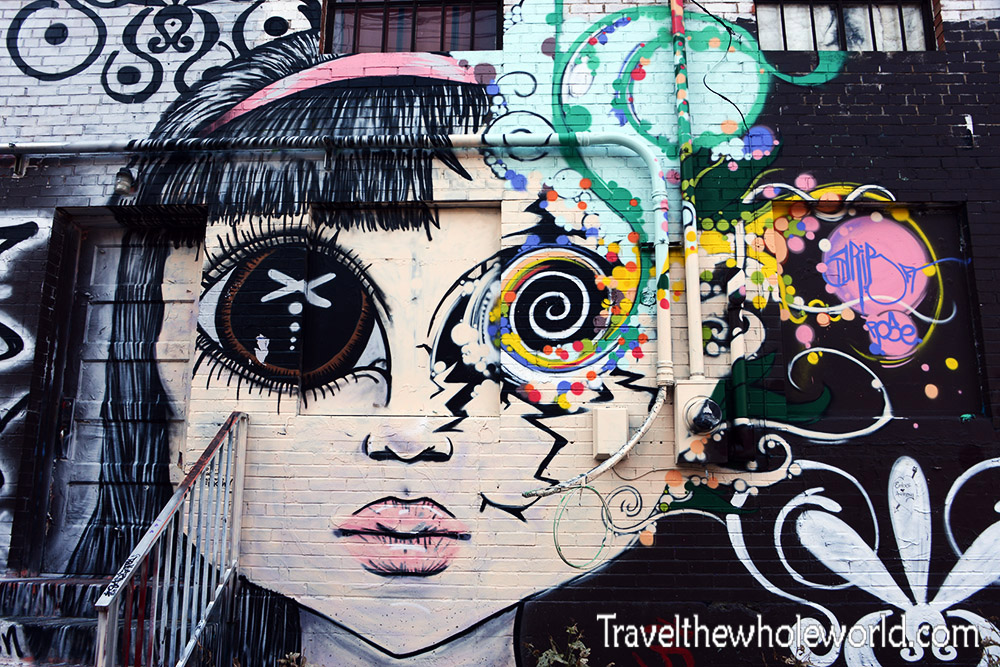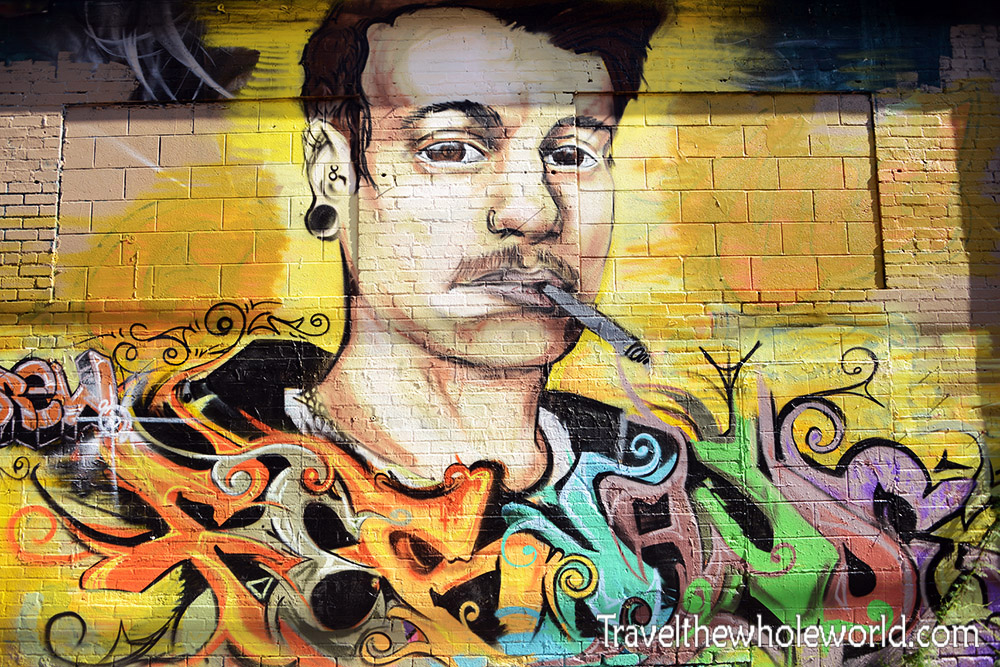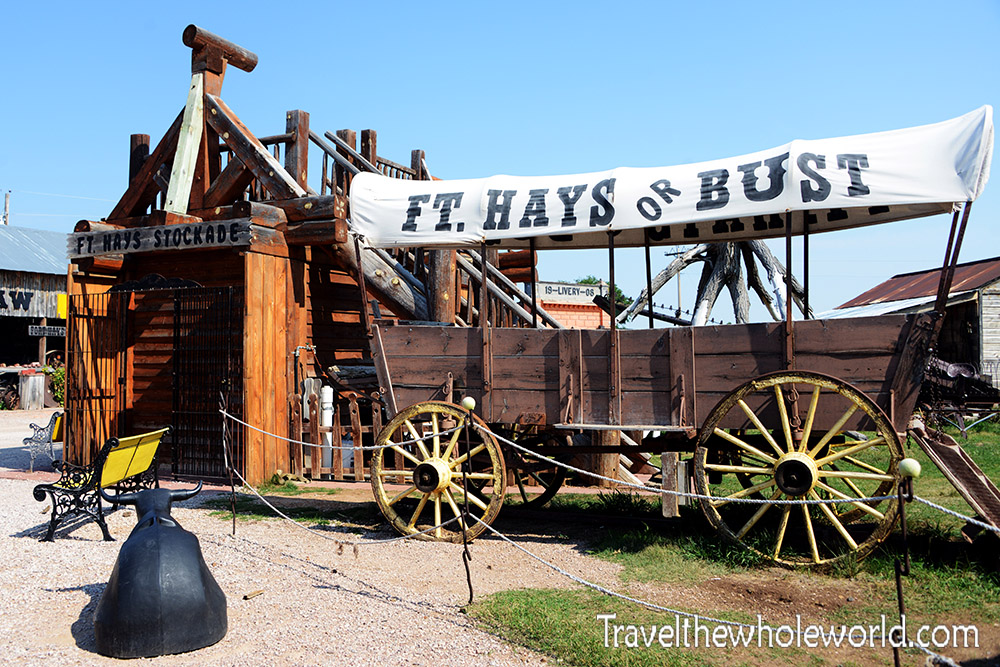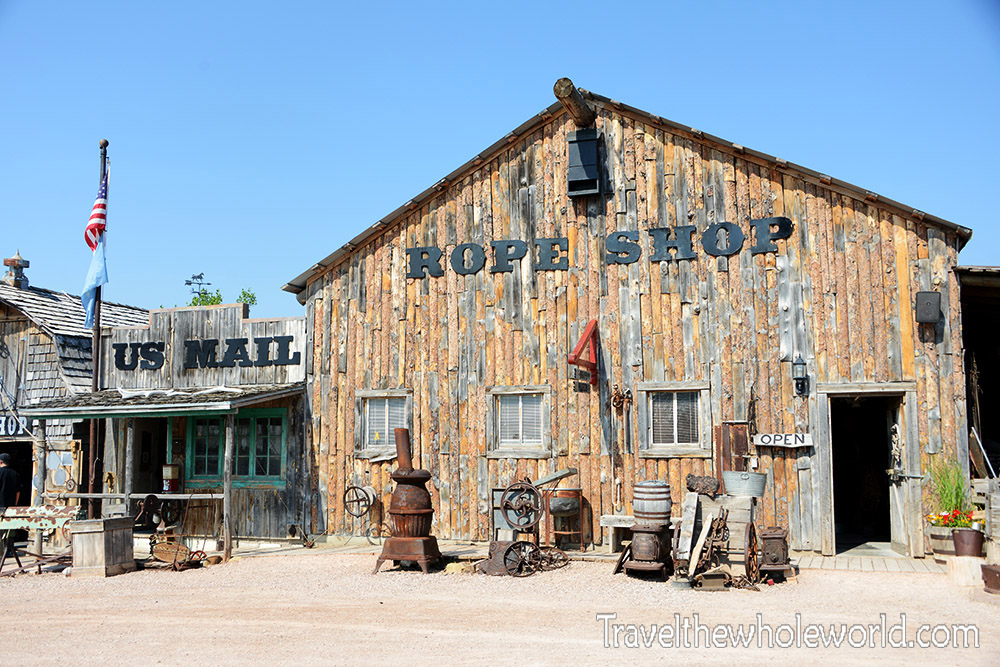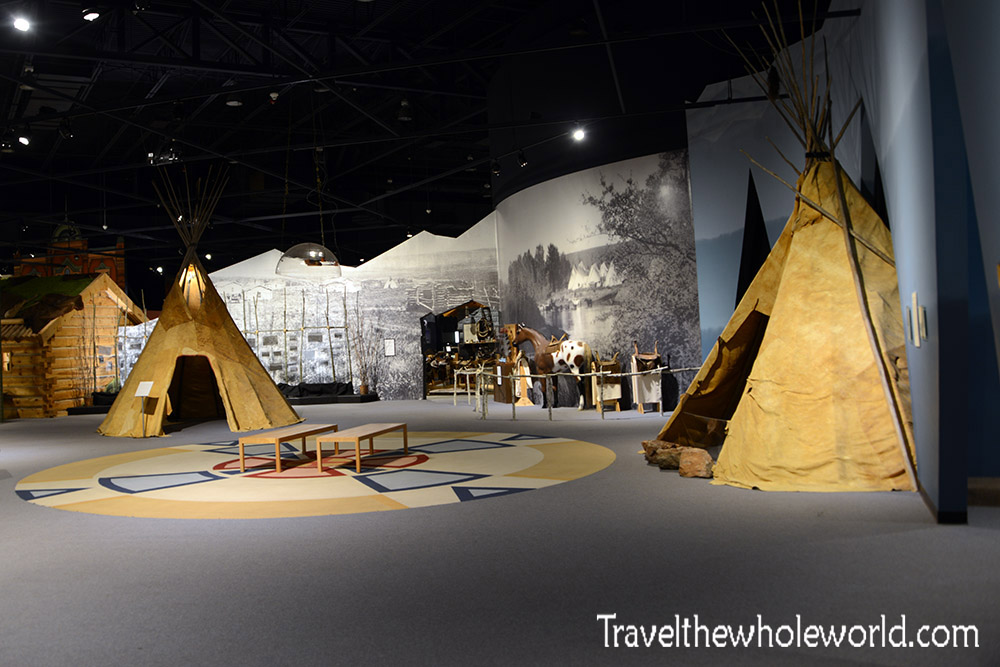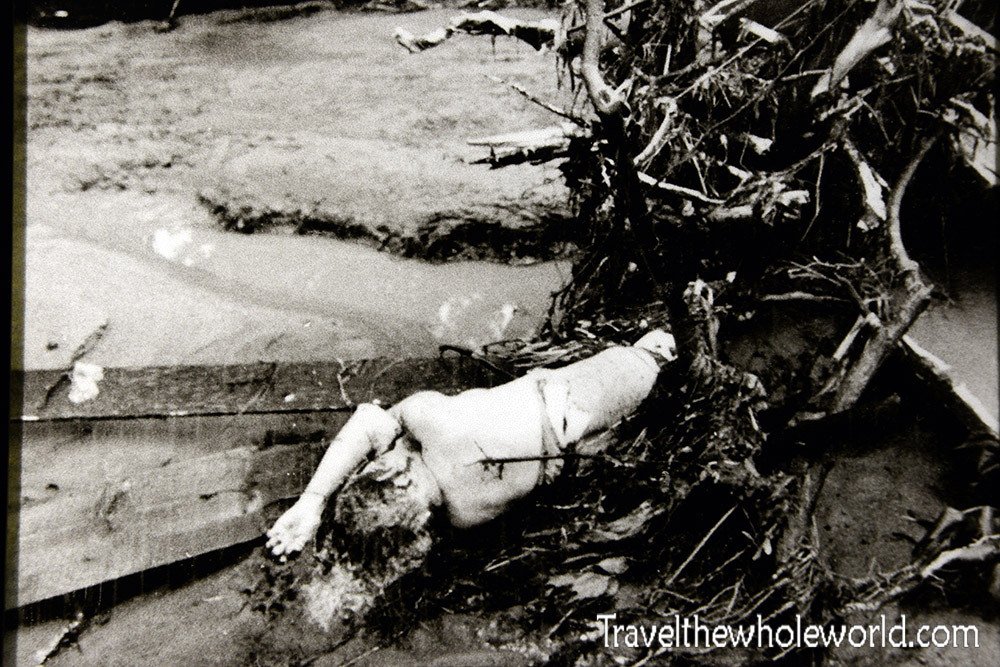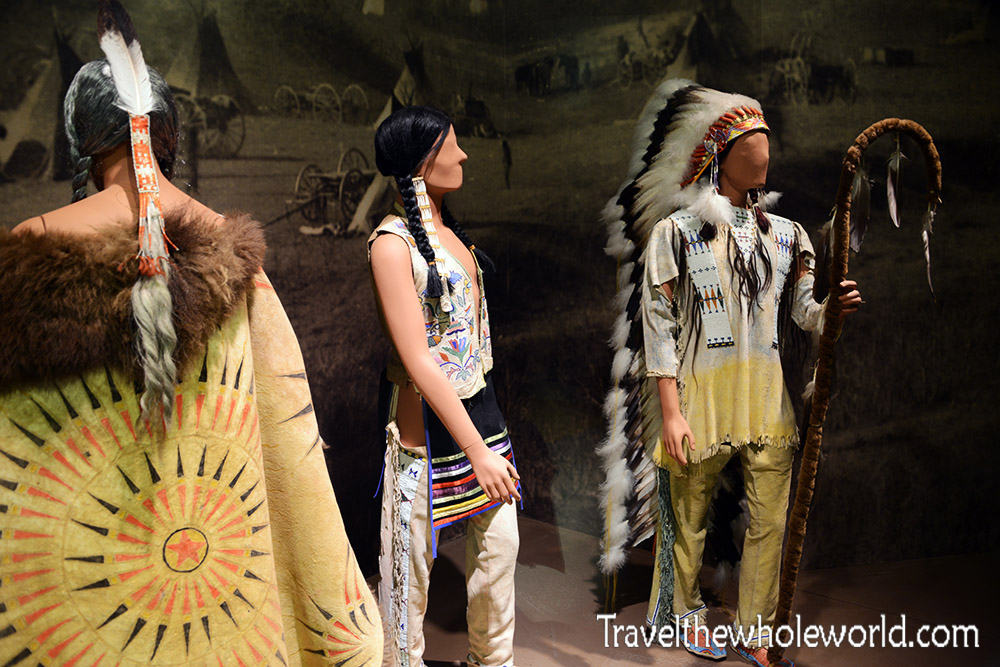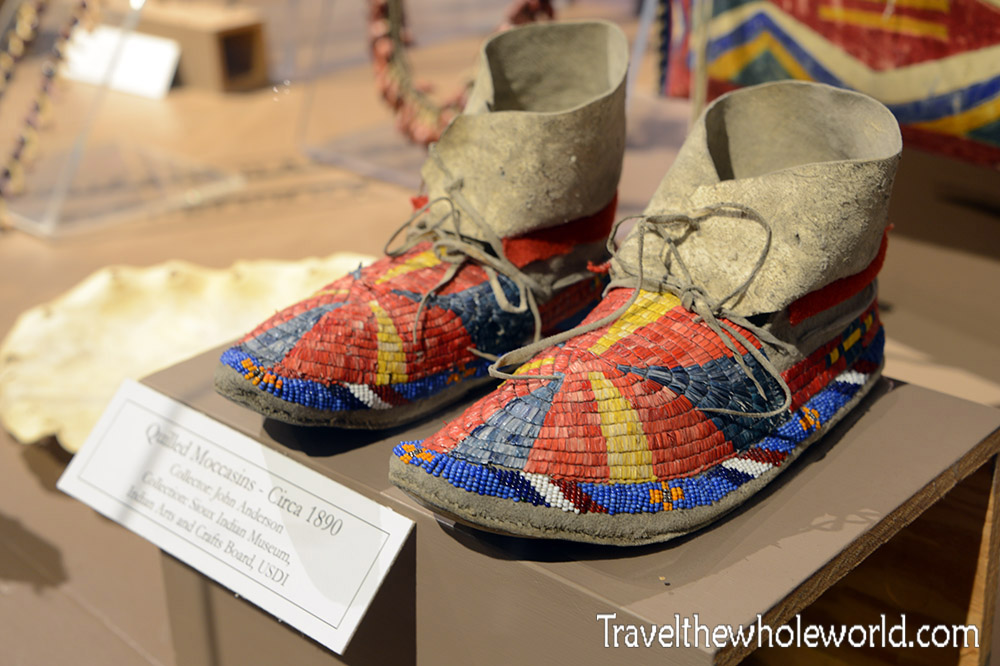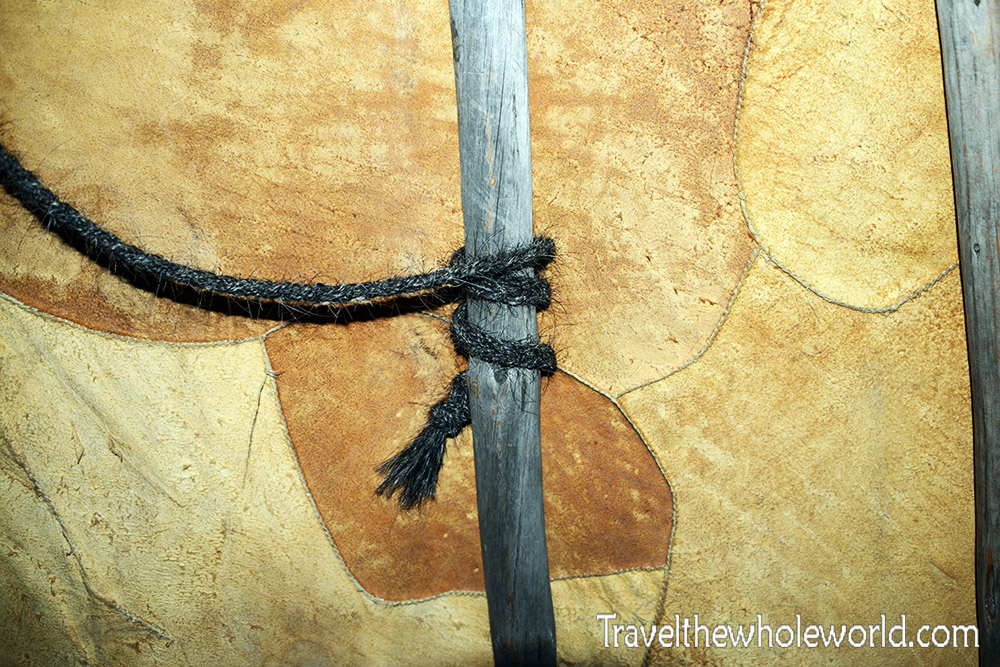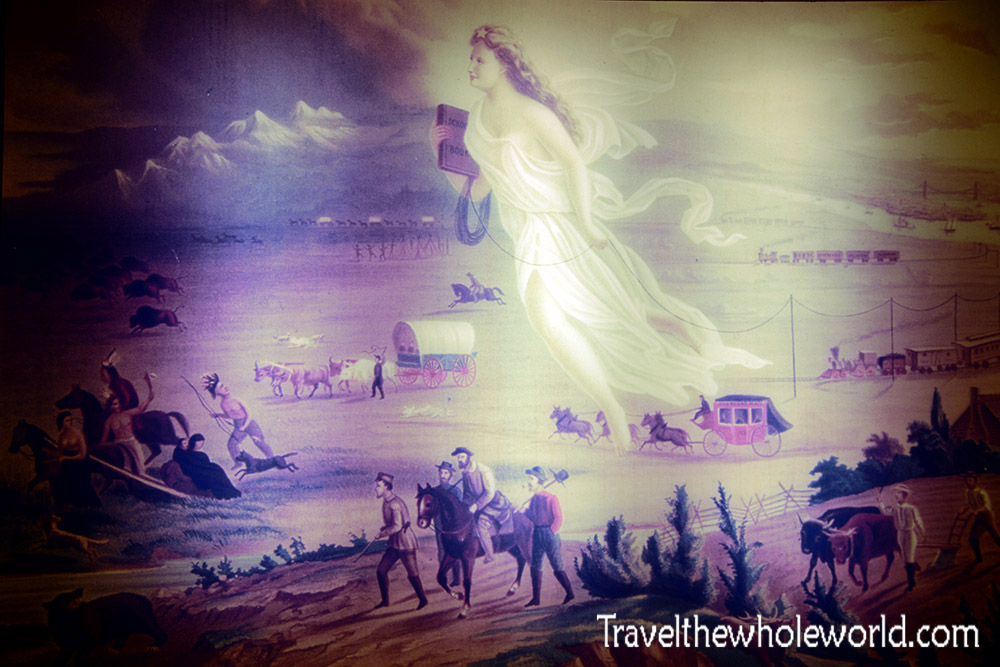Visiting Rapid City
Like most who come here, I came to Rapid City and stayed here before continuing on to the Black Hills. Rapid City is less than an hour away from Mount Rushmore and some of South Dakota’s other top attractions. Rapid City has about 70,000 people, so it’s just big enough to keep you entertained for a short stay. The downtown area is where I started off. The photo above shows Rapid City’s main street, with the Firehouse Brewery in the center. I regret not grabbing a drink from there; next time!
This was actually my first photo in Rapid City. I had heard that it is nicknamed the “City of Presidents” because of their statue for every single president here. Lincoln just happened to be the first one I came across. The photo below shows president Buchanan, with a piece of tissue someone decided to place in his nose. Nearly every street corner has a presidential statue, with Obama’s coming soon.
In addition to the presidential statues there are several native American statues as well. This one is called Mitakauye Oyasin in the Lakota language or All My Relatives in English. A plaque located below the statue says, “This sculpture represents hope for reconciliation, dignity, & respect for all the human race.”
After a short walk I came across a city park in the center of Rapid city. Despite the small population Rapid City seemed to be a lively place. I wish I had taken bettera photos of their city park when I passed through it. There were several families out here, kids playing sports, and even a live Christian band.
While walking the streets I was more entertained by the stores selling Native American goods than anything else. There were quite a bit of these. I usually don’t buy souvenirs but maybe I should have made an exception! I did at least enjoy lunch at one of the cafes here in near perfect weather even though it was August.
An unexpected attraction in Rapid City was their infamous Art Alley. Art Alley is just as it’s described, an alley that has been decorated by artists using nothing but spray paint. Since 2005, an alley has been dedicated to server as a giant canvas for artists who get to decorate with their own graffiti. The alley is of course always changing, so if you visit Rapid City and come back in a year it will look completely different.
To be honest at first I wasn’t too impressed with some of the paintings. Art Alley isn’t huge but it isn’t small either. As I continued through the alley it seemed to me that the skill level increased. Even though Art Alley is all about letting people spray paint their own work, it’s still controlled by the city and actually requires permission. Rather than have some random person show up and begin spray painting the city gives out permits which has actually attracted some famous graffiti artists.
As far as touristy places go, Fort Hays definitely is a top attraction in Rapid City. The old western town has plenty of shops and souvenirs, restaurants, and even has dancing shows and performances. Although the real Fort Hays is located in Kansas, this one is famous for being the location of where Dances with Wolves was filmed.
The only museum I visited in Rapid City was the Journey Museum. It’s pretty large and although it covers the entire history of the state and region, it seems to focus on Native American history. The photo below is a depressing shot I took on an exhibit of the 1976 flood that took place in South Dakota. Embarrassingly I hadn’t ever heard of the Black Hills Flood of 1972, but it was one of the United States worst floods killing 238 people. The flood plains to this day are make it illegal to build homes there.
I was mostly interested in the Native American history here. I’ll copy the description of the Wicoti exhibit that’s photographed above word for word that describes the tribe’s lifestyle. “We lived a balanced life. For us, it was a time for providing for our families. We hunted the buffalo, and other animal relatives, who gave themselves to us for food. We engaged in our sacred ceremonies to renew the cycle of the days, the moons, the seasons, and the energy of the universe. We made alliances with our surrounding nations, and at times engaged in conflicts with the Kiowa, the Pawnee,the Crow, and others over territory, over horses, or our honor. Our men were protectors of the people. Our women were the centers of our families and lodges. They reminded us of our values and our honor, beautifying our clothing and our lodges. Our strengths were or own, and our errors were of our own making. We lived our testimonial Mitakuye oyasin, we are all related.
There were dozens of exhibits that showed native American belongings, tools, and how their tipis are constructed. The photo above shows some colorful shoes from a tribe native to South Dakota. One of the main tipis in the museum allows you to enter and see how it was constructed. The leather from buffalo formed the outside, while it was stitched together and tied to wooden poles taken from the Black Hills.
As I mentioned earlier, there are plenty of other exhibits here from the Big Bang, to the dinosaur ages to the flood of 1972. This painting got my attention because it symbolized American expansion and was influential in encouraging development of the west. Titled Manifest Destiny, the painting depicts who some believe to be Columbia westward bound while carrying books of knowledge and bringing the telegraph wire.
